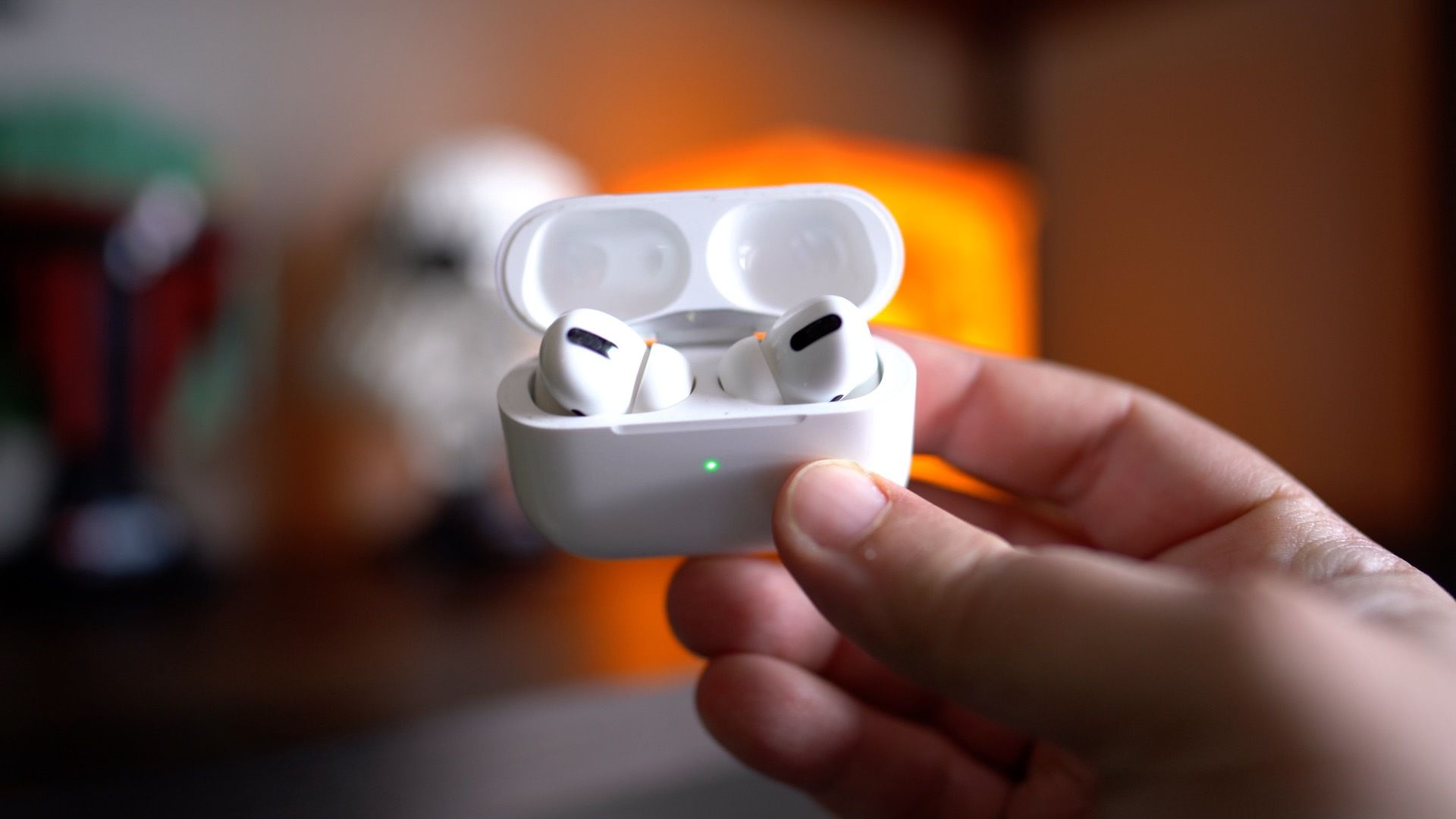I’ll admit, I did not think we’d ever see Sony refresh the RX1R II. After all, once a certain amount of time passes without a new model, it’s usually safe to say a camera line is dead, and it’s been crickets since the RX1R II debuted back in October 2015. Sony defied expectations yesterday with the news that the RX1R III fixed-lens compact is on its way, with a new body design, an upgraded sensor, and the same beloved 35mm f/2 Zeiss Sonnar prime lens.
But the $5,099.99 sticker price caused me to drop my jaw and audibly guffaw: It’s a more than 50% increase over the RX1R II’s $3,299.99 debut, and it isn’t too far behind what Leica charges for its similarly minded Q3 ($6,735) and Q3 43 ($7,380) fixed-lens cameras.
Yes, things have gotten more expensive in general, and camera prices in the US have just gone up in reaction to the Trump administration’s tariffs. The cost of import duties is passed on to consumers, no matter what spin the politicians will try to put on it. Still, I can’t help it—the sticker shock hit me with this release.
(Credit: Sony)
And it’s not just the camera. The official accessories are expensive, too. Sony charges $299.99 for a rear thumb grip, $199.99 for a vented lens hood, and $249.99 for a vegan leather half case. Granted, aftermarket accessories are sure to come out for less money, and the RX1R III’s lens works with 49mm filters, so you won’t have any trouble finding an affordable hood. But the accessory pricing makes the messaging clear: The RX1R III is as much a luxury good as any Leica or Hasselblad.
What Are You Paying For?
I haven’t tried the RX1R III yet, and haven’t used the Mark II since I reviewed it back in 2016, so I can’t speak to the real-world user experience, which I think will make or break this camera. Its appeal is its small size (2.7 by 4.5 by 3.4 inches, 1.1 pounds), which is just larger than pocketable. It’s not far off from Fujifilm’s popular X100VI (2.9 by 5.0 by 2.2 inches, 1.2 pounds) and is sure to draw comparisons. There’s something to be said about a camera you can just grab and take on an outing, knowing that it’s not going to be a burden during the day. And as a photographer with a cabinet full of lenses, I like not having to make the decision about which one to use.

(Credit: Sony)
Inside, the RX1R III gets Sony’s latest high-resolution imaging platform, the 60MP BSI CMOS chip, Bionz XR image processor, and AI coprocessor that drive the a7R V and a7CR. It’s an upgrade from the 42MP BSI CMOS chip from the RX1R II, and it includes an in-lens leaf shutter that supports 1/2,000-second exposure wide open and 1/4,000-sec stopped down. There’s no stabilization, however, neither in the body nor in the lens. That’s something you get in-body with Sony’s interchangeable lens camera, and in-lens with Leica’s Q3 (which also use a 60MP sensor).

Get Our Best Stories!
Your Daily Dose of Our Top Tech News

By clicking Sign Me Up, you confirm you are 16+ and agree to our Terms of Use and Privacy Policy.
Thanks for signing up!
Your subscription has been confirmed. Keep an eye on your inbox!
The body style is more modern than the RX1R II. Instead of using protruding dials on the top, its Mode and EV control are now flush. The old camera’s quirky pop-up EVF is gone in favor of a standard corner viewfinder, the same type Sony uses in the a7CR. I don’t think anyone will complain about that change.

(Credit: Sony)
I’ll gripe about the rear display, however. The older RX1R II includes a tilting rear display, but the Mark III takes a step back and switches it for a fixed-position touch display. Sony cites the size as the reason, since the hinge adds depth to the camera. It’s also likely the reason the RX1R III uses a smaller W series as opposed to the long-lasting Z battery from the a7CR. The W battery is still an upgrade versus the RX1R II, but it feels like a half-step forward.
But here’s the thing: If you make the RX1R III any bigger, it begins to look more and more like the a7CR. If you’re a pragmatist, you’ll prefer the a7CR’s lower price, weather-sealed body, articulating display, stabilized sensor, and relatively reasonable size (2.8 by 4.9 by 2.5 inches, 1.2 pound). An appropriate lens will add some bulk, but you can easily add a Sigma 35mm F2 Contemporary, a Sony FE 40mm F2.5 G, or a Sony FE 35mm F2.8 for a kit that’s appropriately sized for everyday carry with a similar angle of view.
So, I expect it to come down to how enjoyable the RX1R III is to use in practice. When it comes to fixed-lens cameras with large image sensors, you’re always paying a premium for miniaturization. Interchangeable-lens alternatives will always win out on value and versatility.

(Credit: Sony)
I’m looking forward to trying the RX1R III to see if the user experience goes far enough to justify the price. I’m eager to see how using it compares with others in the category, including the more affordable (but hard to find) Fujifilm X100VI and Leica’s even more exorbitant Q3 line. There’s no question that photo gear costs more now than it did at this time last year, and the RX1R III is just one more example of the trend.
About Jim Fisher
Lead Analyst, Cameras











